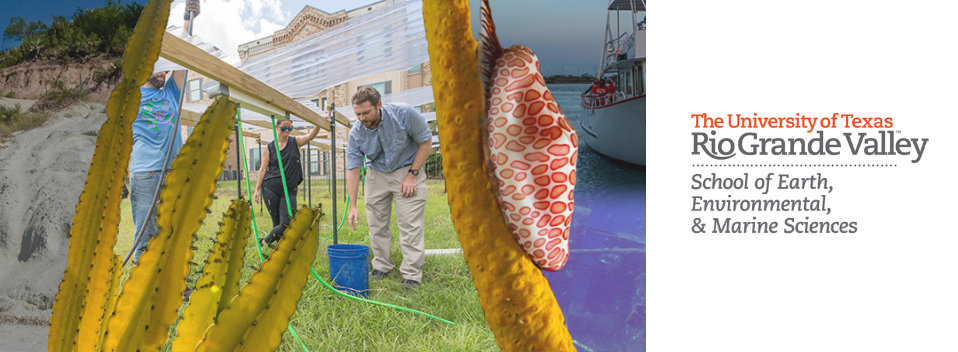
School of Earth, Environmental, & Marine Sciences Faculty Publications and Presentations
Document Type
Article
Publication Date
1-2025
Abstract
Sea turtle biologists have made sustained efforts to understand the global status of leatherback sea turtle populations. However, despite progress in assessments, demographics, and ecology, key uncertainties persist in tracking leatherback population trends. Trend analyses have historically focused on nesting beaches, with nest counts providing a widely used index for population abundance. Here, we analysed 20 years of annual nest abundance at four main nesting beaches (Soropta, Bluff, Playa Larga and Chiriquí) in Bocas del Toro province and the Comarca Ngäbe-Buglé, Panama, which constitute the largest nesting leatherback sea turtle population in Central America. We conducted daily nest counts during the leatherback season. We standardized the Soropta nest counts, as the survey extent varied over time. We calculated catch per unit effort (CPUE) to account for sampling effort differences. We used the Information-Theoretic approach for model selection, based on Akaike’s Information Criterion correction for small sample sizes, using linear regression to assess population trends and discrete rate of population growth (λ). Soropta exhibited a positive nesting trend (8.9 % year−1; λ = 1.089; 1.076 – 1.10 95 % CI). Bluff (- 8.8 % year−1; λ = 0.911; 0.892–0.930 95 % CI) and Playa Larga (- 8.3 % year−1; λ = 0.917; 0.9045–0.930 % CI) indicated declining nesting populations, while Chiriquí had a stable population (λ =0.993; 0.982–1.004 95 % CI). For CPUE, the data yielded a stable population for all beaches combined (λ = 0.997; 0.995 – 0.999 95 % CI). Overall, distinct nesting trends were observed at each leatherback sea turtle nesting beach. Given that females from different nesting sites mix at shared foraging grounds, this suggests that local factors may be influencing beach-specific nesting trends. The delicate balance of leatherback nesting in Bocas del Toro archipelago, along with its critical importance within the Western Caribbean, makes continuous monitoring and conservation efforts essential in this region, as well as increased protection from governmental agencies.
Recommended Citation
Parejo, S. G., Piacenza, S. E., García, R., Ordóñez, C., & Valverde, R. A. (2025). Nesting population trend of the leatherback sea turtle in Bocas del Toro province and Comarca Ngäbe-Buglé, Panama for the period 2002–2022. Global Ecology and Conservation, 57, e03415. https://doi.org/10.1016/j.gecco.2025.e03415
Creative Commons License

This work is licensed under a Creative Commons Attribution-NonCommercial 4.0 International License
Publication Title
Global Ecology and Conservation
DOI
10.1016/j.gecco.2025.e03415


Comments
© 2025 Sea Turtle Conservancy. Published by Elsevier B.V.
This article is available under the Creative Commons CC-BY-NC license and permits non-commercial use, distribution and reproduction in any medium, provided the original work is properly cited.